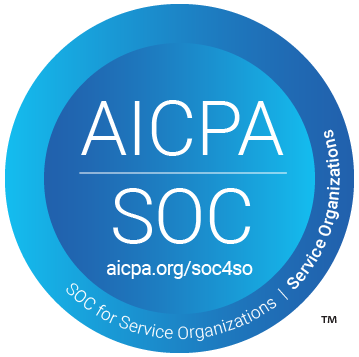Historically, resource management in professional services firms was seen as a back-office function—a largely operational task focused on filling project schedules and tracking utilization. But the landscape has shifted dramatically. Today’s leading firms treat resource management as a core component of firm-wide strategy, leveraging advanced software to drive capacity planning, boost retention, and align teams with the highest-value opportunities.
From Admin to C-Suite Essential
Thought leaders across the industry agree that when resource management is elevated from an administrative activity to a strategic imperative, firm performance improves across every metric. In fact, recent trends show that companies investing in resource management software not only achieve smoother operations—they also fuel growth, profitability, and transformation.
Resource management isn’t any longer just about just scheduling work. It’s about deploying the right people on the right projects at the right time—consistently and predictively.

The Strategic Power of Modern Resource Management Software
1. Dynamic Capacity Planning
Modern tools allow firms to model future staffing needs months or years in advance. With technology-driven forecasting, managers can simulate growth scenarios, anticipate skill shortages, and make data-driven hiring decisions. This proactive capacity planning reduces costly last-minute staffing and ensures client commitments are met—even when a business cycles fluctuate.
2. Aligning Resources with High-Value Projects
Resource management platforms now track individual skills, certifications, and past project performance. By matching the most qualified staff to high-impact work, firms can maximize project ROI, speed delivery, and increase client satisfaction. Resource allocation becomes a lever for strategic differentiation, not just an operational chore.
3. Boosting Retention and Employee Engagement
Analytics enable firms to instantly identify staff who may be overloaded, underutilized, or stuck in repetitive assignments. Managers can adjust workloads, rotate talent onto new challenges, and foster career development—a crucial factor in retaining top performers and building a resilient workforce.
4. Driving Business Transformation
The newest generation of resource management software delivers holistic, organization-wide visibility. Executives can now use real-time dashboards to guide the entire business: expanding into new markets, balancing global and local resources, and supporting both agile teams and long-term client partnerships. This level of transparency and coordination powers true digital transformation.
Thought Leaders and Trends
As resource management tools become more sophisticated, industry voices—from global consultancies to research analysts—are vocal about the need to bring resource strategy into the boardroom. Competitive advantage now depends on an integrated approach, where resourcing decisions drive everything from pricing to project selection to mergers and acquisitions.
Strategic resource management is at the core of the modern professional services firm. Firms which master it will lead while those who neglect it will fall behind.
Conclusion
Resource management has broken out of its operational silo. Empowered by powerful software tools, it now stands at the center of firm-wide strategy—connecting capacity, people, and business outcomes unlike before. Professional services leaders who make resource management a strategic imperative will their drive their organization’s growth, innovation, and provide lasting competitive advantage.

